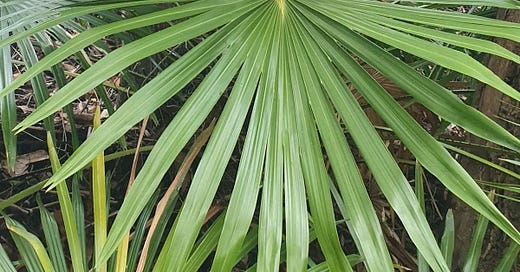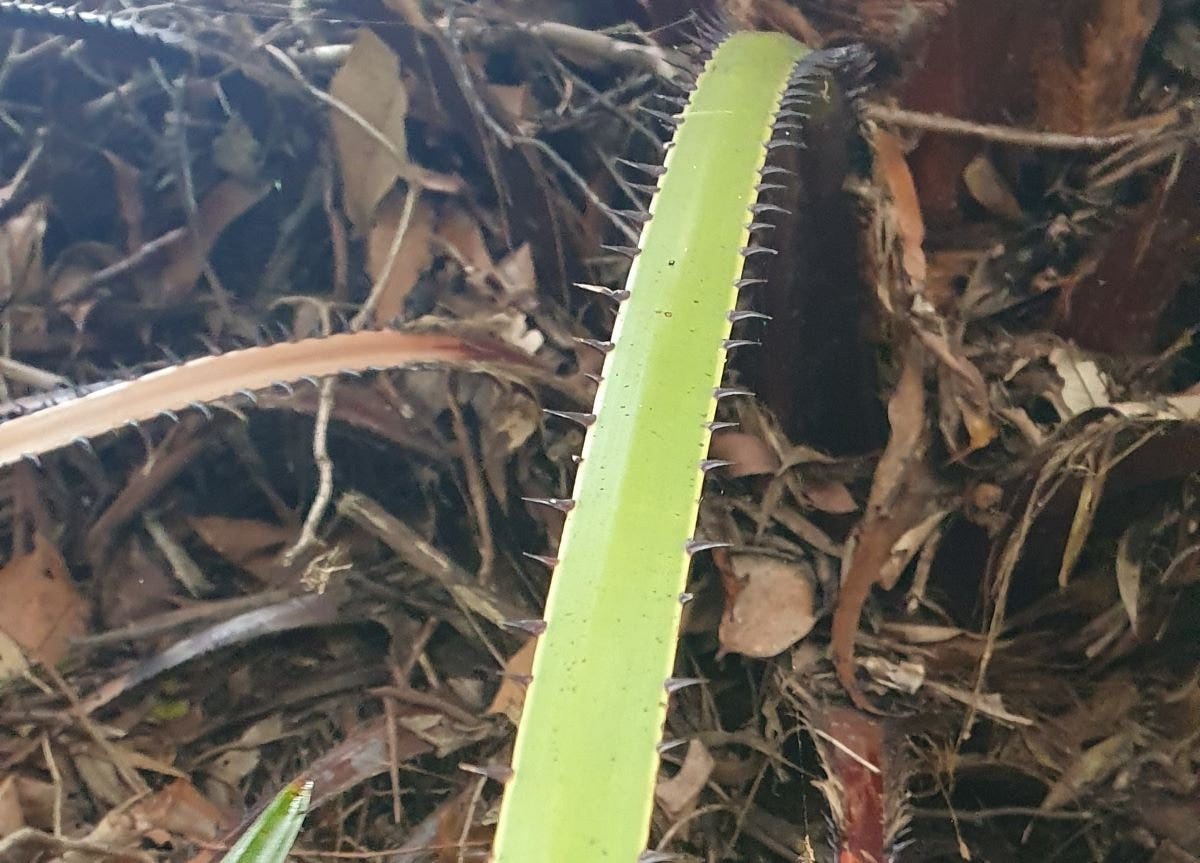Cabbage Tree Palms
Hello!
We enjoyed a lovely extra long weekend down at South West Rocks this weekend, and the surrounding countryside was beautiful. I took inspiration for this week’s topic from the trees around me. Cabbage tree palms! Lots of them. Giving a tropical-ish vibe to the area. I’m not the biggest fan of palms but I do appreciate them in other peoples gardens. Mostly. Not so much the spiney ones in people’s gardens that I’m looking after (date palms I’m looking at you!). But other ones, sure.
The place we stayed had chickens, so I felt right at home. Picked up a bag of oats to give them some treats. Well, “Don’t feed the wildlife” they say. They wouldn’t leave us alone after that! Whoops! Flying up onto the table and outdoor kitchen bench while I tried to make lunch. Hilarious! Hubby only thought so because he already had his lunch so it didn’t affect him, but I found it endearing. Hehehe. Ahhh chickens….
Anyway, off for now. Have a lovely week!
xKat
Now for the main event:
Firstly, let me get something straight, I don’t grow Cabbage tree palms and I highly doubt I ever will. But we have been on holidays down the NSW mid -north coast and are surrounded by them and I have been contemplating their appeal. Cabbage tree palms or Livistona australis are native to Australia and found all up and down the east coast, from Victoria to Queensland, thriving in rainforest margins and wet sclerophyll forests. (A sclerophyll forest is dominated by plants in the Myrtaceae family, such as Eucalypts, and a wet sclerophyll forest has a moist understory of ferns).
Cabbage tree palms have what would be called architectural and structural qualities, which more or less translates to big and spikey - neither of which is really my thing. I will concede though, that in their natural habitat they are impressive and quite attractive. The vibrant colour of their huge green leaves stands out amongst the surrounding grey eucalyptus foliage, although their skirts of brown leaves (they are not self cleaning) scream out for a quick tidy up. They can reach a height of 25 - 30 m, but if you grew one at home you wouldn’t need an arborist to clean it for quite some time as they are slow growing. Just wear some very thick gloves as they have impressive spines!
Cabbage tree palms get their common name because the heart of the plant can be eaten. They were a food source of the First Nations, however harvesting kills the tree, so they weren’t eaten prolifically. The large leaves were also woven into the ubiquitous cabbage tree hats of European settlers to protect their fair skin in our harsh sun. It was a popular craft in the 1800’s, first mainly the trade of convicts and then women and children. The hats were said to withstand whatever the Aussie weather could throw at them and last for years - next time I’m twiddling my thumbs on holidays maybe I’ll give it a crack.
Thanks for reading Girl in the Green! Subscribe for free to receive new posts and support my work.






